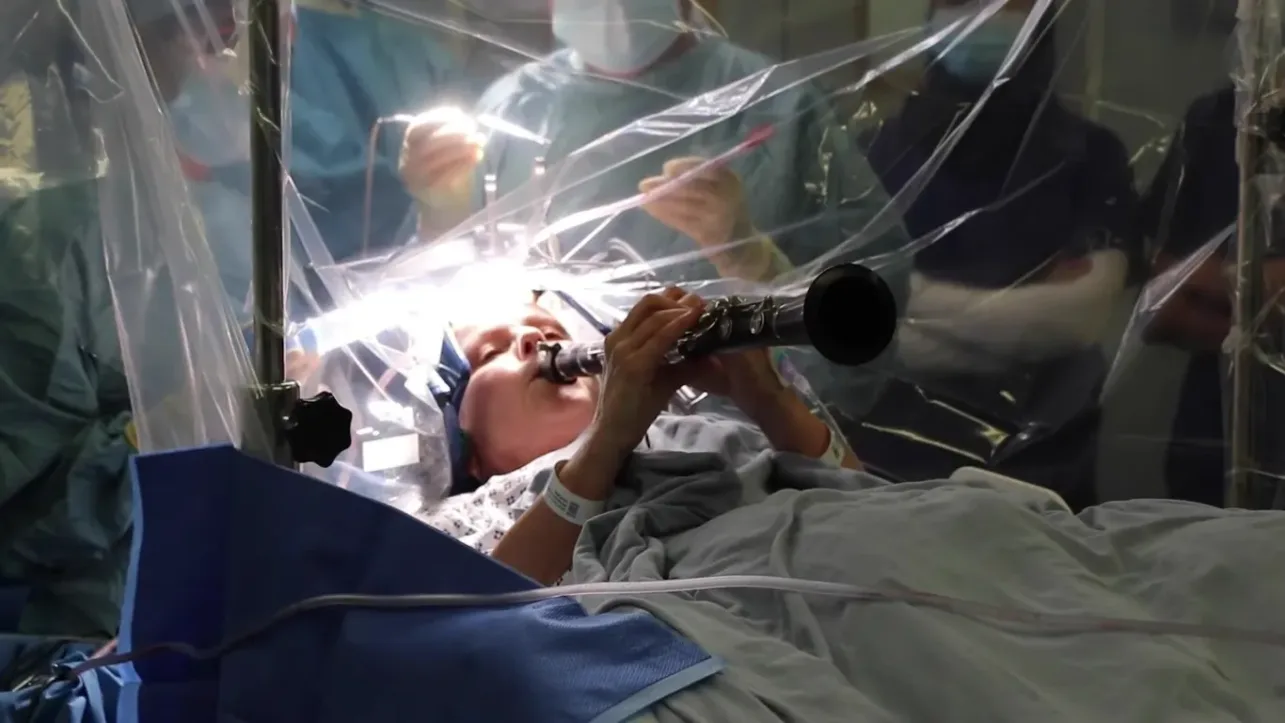Elon Musk’s brain-computer interface company Neuralink reached two significant milestones in October 2025: submitting its first peer-reviewed scientific paper containing human trial data and announcing that 10,000 people have joined the waiting list for its experimental brain implant.
The dual announcements signal the company’s transition from secretive startup to a more transparent medical device developer, though significant challenges remain in scaling the technology.
First Scientific Paper Submitted for Peer Review
Neuralink submitted its first scientific paper to the New England Journal of Medicine on October 5, 2025, describing trial results from the first three patients who received brain implants, according to Bloomberg.
This marks Neuralink’s first publication containing human data—a significant milestone for a company valued at $9 billion that has not previously published peer-reviewed research with human participants.
The paper includes comprehensive safety data and overall results from the initial patients implanted with “The Link” device. If approved for publication, it would allow independent scientists, corporate researchers, and healthcare professionals to examine Neuralink’s methodology, safety protocols, and clinical outcomes.
The submission represents a crucial step toward scientific validation after years of animal testing and limited public disclosure of clinical trial data.
10,000 People Join Patient Registry
Neuralink President and Co-Founder DJ Seo announced on October 8-9, 2025, that approximately 10,000 individuals have signed up on the company’s Patient Registry hoping to receive the N1 brain-computer interface implant.
The massive waiting list contrasts sharply with current reality: only 12 clinical trial participants globally have received implants as of October 2025. Reuters reported in September 2025 that these 12 patients have collectively used their devices for 2,000 days, accumulating over 15,000 hours of operational time.
Dongjin Seo, Co-founder Neuralink- anticipates increasing implant recipients to approximately 25 by the end of 2025—still a tiny fraction of those waiting.
Current eligibility remains highly restrictive: Only individuals with limited or no hand function due to cervical spinal cord injuries or amyotrophic lateral sclerosis (ALS) currently qualify for trials.
Intensive Daily Usage Demonstrates Viability
Current users spend an average of 7.5 hours daily operating the N1 implant, with one user logging over 100 hours per week—approximately 14 hours per day.
This intensive usage pattern suggests the system has crossed a critical threshold from occasional assistive tool to persistent interface, functioning more like a smartphone than a traditional medical device.
International Expansion Underway
Beyond the United States, Neuralink has expanded to Canada, where Toronto’s University Health Network performed the country’s first two brain implant surgeries in August-September 2025 on patients with cervical spinal cord injuries.
The United Kingdom also approved trials in July 2025, with University College London Hospitals and Newcastle Hospitals collaborating on the study.
The Path Ahead
Neuralink aims to implant chips in 20,000 people per year by 2031, though the company must first demonstrate safety and efficacy through peer-reviewed publication and scale its surgical capacity dramatically.
The peer-review process will prove critical. If independent scientists validate Neuralink’s claims, the technology could accelerate toward broader medical applications. If reviewers identify significant flaws, the company’s credibility may face serious challenges.
For now, 10,000 people wait while fewer than two dozen worldwide have received the experimental technology. The gap between demand and supply—and between current capabilities and Musk’s futuristic visions—remains vast.
For a comprehensive overview of how Neuralink’s technology works, its medical applications, and long-term vision, read: The Incredible Neuralink Revolution: How 2025 Is Changing Brain Tech Forever




















